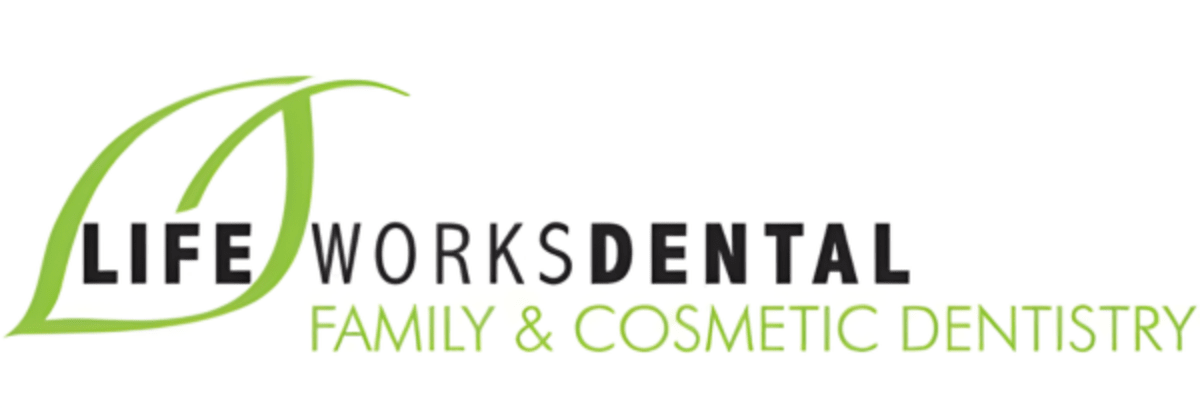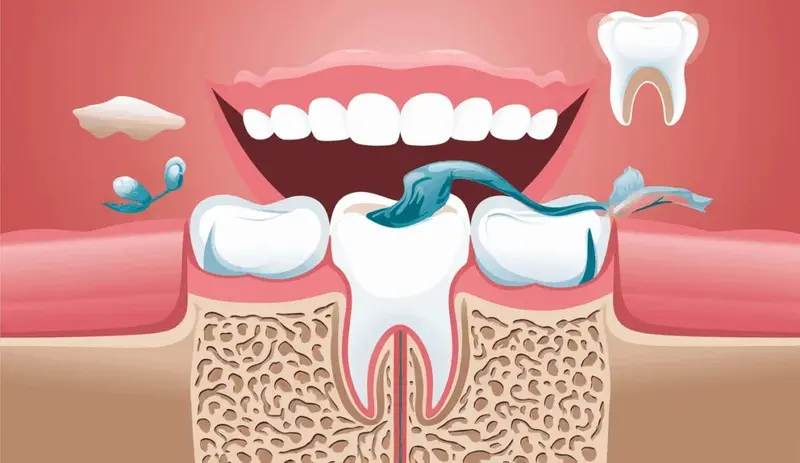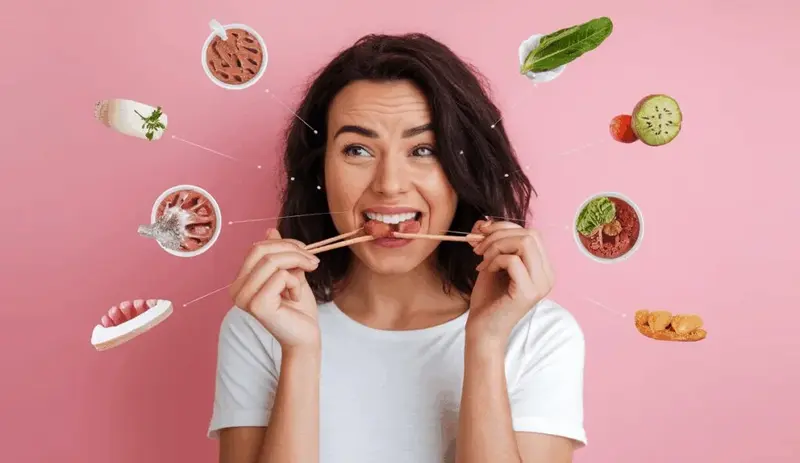
Remember when you used to look at old photos of your parents and think their teeth seemed weirdly discolored? Now you’re catching yourself in the mirror and realizing – oh no, it’s happening to me too. Those pearly whites are slowly turning into something more… beige. Don’t panic.
This is totally normal, and there are actual reasons why teeth change color as we get older. Understanding why your teeth are getting yellow isn’t just about vanity – it’s about knowing what’s happening inside your body. In the next few minutes, I’ll break down exactly what’s causing those color changes and give you real, practical ways to slow down or even reverse the process.
What’s Actually Happening Inside Your Teeth?
Let us explore the captivating realm of tooth structure. As a person gets older, the enamel on their teeth tends to become thinner, which makes the dentin more visible. It’s akin to an aging paint job on a vintage automobile: with the passage of time, the protective outer layer tends to show signs of wear, allowing more of the underlying material to be seen. This is something that happens to almost everyone, and it’s really a part of the whole tooth experience.
The Science of Tooth Color
The dentin is more yellow than enamel. As we age, the dentin can become even yellower. But aging isn’t the only reason our teeth become discolored. Lifestyle factors can have an impact too. Your diet, drinking habits, and even how you care for your teeth can speed up or slow down this natural process.
Enamel naturally thins and yellows with age. But even if it didn’t, some major lifestyle factors can lead to a more dramatic change in tooth color over the years.
Common Reasons Teeth Turn Yellow After 40
The yellow tones are really the result of several certain habits practiced over long periods of time. Most people probably aren’t aware of it, but the color and appearance of our teeth can be affected quite a lot by what we continuously do to or for them. And most of the time, the things we do affect our teeth in a negative way.
Case in point: the beloved daily latte. Red wine, too, is quite capable of ruining a lot in the way of our dental aesthetics. Another major culprit is smoking. The tar and nicotine in cigarettes can swiftly alter the hue of teeth from white to yellow (or even brown).
You May Like: What Causes Gum Inflammation In 2025?
Some key factors include:
- Coffee and tea consumption
- Red wine
- Smoking
- Certain medications
- Genetic predisposition
Can You Really Reverse Yellow Teeth?
You’ve got options, and that’s the good news. Techniques for at-home whitening can help. Over-the-counter whitening strips or whitening toothpaste can give you some improvement. For more comprehensive treatment, consider visiting LifeWorks Dental for professional whitening services.
One session is all it takes for professional whitening to yield a dramatically brighter smile. Dentists employ bleaching agents of greater strength that are able to go much deeper into the tooth enamel. You can also check out our convenient location on Google Maps to schedule an appointment.
When to Actually Worry About Tooth Discoloration
Tooth discoloration is not all the same. Some yellowing is a normal part of life and aging, but there are times when it could indicate a deeper, underlying health issue:
- Sudden, dramatic changes in tooth color
- Gray, brown, or black spots
- Discoloration accompanied by pain or sensitivity
If you experience any of these symptoms, it’s crucial to consult a dental professional. Your teeth serve more than an aesthetic purpose – they provide a glimpse into your overall health.
Remember, keeping up with routine dental appointments can ensure any potential issues are addressed sooner rather than later.
Final Words
Yellow teeth aren’t a life sentence. With the right approach, you can dramatically improve your smile’s appearance and health. The key is understanding what’s happening and taking consistent, smart action.






